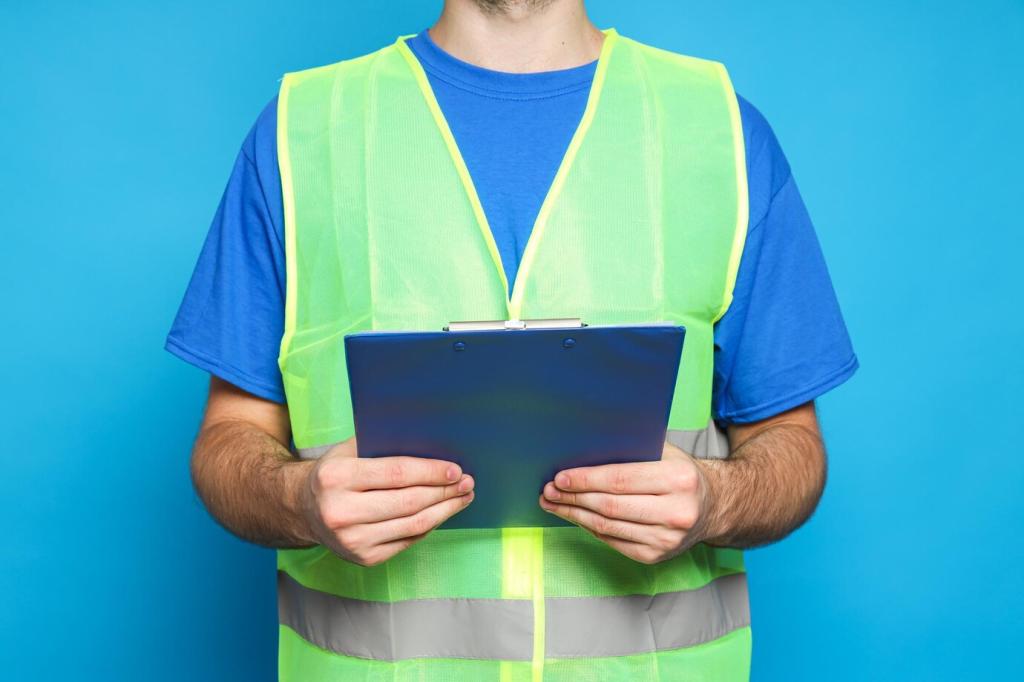Planning for Growth: Buy Once, Cry Never
Choose a safe that will sit at about seventy percent full after you load it today. That buffer absorbs future passports, an external drive or two, a ring box, and the odd trophy watch. It also keeps airflow healthy and makes reorganizing painless when life surprises you with new keepsakes.
Planning for Growth: Buy Once, Cry Never
Lay everything on a table by category: vital documents, valuables, media, and sentimental. Measure the tallest and widest items. Photograph the layout; it becomes your packing blueprint. Readers say fifteen minutes of tabling saved them from buying the wrong size—twice. Comment with your categories and we’ll sanity-check your plan.
Planning for Growth: Buy Once, Cry Never
Not everything needs year-round prime space. Rotate seasonal documents, like school records or tax files, to deeper shelves after their peak use. Keep travel passports front and center before trips, then return them to a flat drawer. Capacity feels bigger when your priorities literally move with the calendar.
Planning for Growth: Buy Once, Cry Never
Lorem ipsum dolor sit amet, consectetur adipiscing elit. Ut elit tellus, luctus nec ullamcorper mattis, pulvinar dapibus leo.







